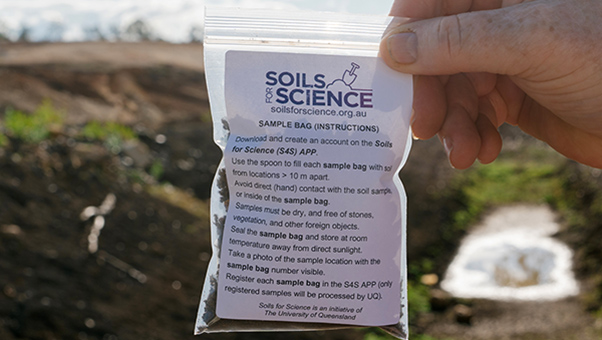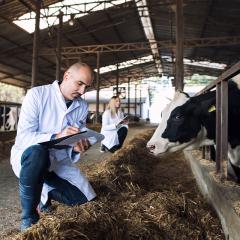Identifying new methods to diagnose, prevent and treat infections before they become life-threatening.
Our research group studies bacteria and their interaction with humans and animals.
Our research is focused on the discovery of genes that are important for building the cell membrane of bacteria. Using genetic, biochemical and structural techniques, we study the activity, regulation and function of these genes and their products. Using mice as a model we assess if the products of these genes are important for infectious disease.
Our purpose is to apply this understanding to the diagnosis, prevention and treatment of infections that can lead to life-threatening disease in humans and animals. We're seeking targets for developing new antibiotics, vaccines and novel therapies.
Group leader

Professor Ian Henderson
Group Leader, Bacterial infections and immunology
Executive Director, Institute for Molecular Bioscience
+61 7 334 62110
i.henderson@imb.uq.edu.au
UQ Experts Profile
- Identifying new methods to diagnose, prevent and treat infections before they become life-threatening.
- Possessing large and unique collections of the most important antibiotic resistant bacteria, the Henderson group is using this research to develop solutions to the global problem of antimicrobial resistance.
- Using animal models, bacterial mutants identified in the high throughput screens are assessed for important for infectious disease.
The Henderson group has successfully introduced into patients the first novel treatment for infectious diseases since the last class of antibiotics was discovered more than 30 years ago.
Bryant, Jack A., Cadby, Ian T., Chong, Zhi-Soon, Boelter, Gabriela, Sevastsyanovich, Yanina R., Morris, Faye C., Cunningham, Adam F., Kritikos, George, Meek, Richard W., Banzhaf, Manuel, Chng, Shu-Sin, Lovering, Andrew L. and Henderson, Ian R. (2021). Structure-function characterization of the conserved regulatory mechanism of the Escherichia coli M48-metalloprotease BepA. Journal of Bacteriology, 203 (2) e00434-20, e00434-20. doi: 10.1128/jb.00434-20
Bryant, Jack Alfred, Morris, Faye C., Knowles, Timothy J., Maderbocus, Riyaz, Heinz, Eva, Boelter, Gabriela, Alodaini, Dema, Colyer, Adam, Wotherspoon, Peter J., Staunton, Kara A., Jeeves, Mark, Browning, Douglas F., Sevastsyanovich, Yanina R., Wells, Timothy J., Rossiter, Amanda E., Bavro, Vassiliy N., Sridhar, Pooja, Ward, Douglas G., Chong, Zhi-Soon, Goodall, Emily C. A., Icke, Christopher, Teo, Alvin, Chng, Shu-Sin, Roper, David I., Lithgow, Trevor, Cunningham, Adam F., Banzhaf, Manuel, Overduin, Michael and Henderson, Ian R. (2020). Structure of dual-BON domain protein DolP identifies phospholipid binding as a new mechanism for protein localization. eLife, 9. doi: 10.7554/elife.62614
Perez-Toledo, Marisol, Beristain-Covarrubias, Nonantzin, Channell, William M., Hitchcock, Jessica R., Cook, Charlotte N., Coughlan, Ruth E., Bobat, Saeeda, Jones, Nicholas D., Nakamura, Kyoko, Ross, Ewan A., Rossiter, Amanda E., Rooke, Jessica, Garcia-Gimenez, Alicia, Jossi, Sian, Persaud, Ruby R., Marcial-Juarez, Edith, Flores-Langarica, Adriana, Henderson, Ian R., Withers, David R., Watson, Steve P. and Cunningham, Adam F. (2020). Mice deficient in T-bet form inducible NO synthase-positive granulomas that fail to constrain Salmonella. Journal of Immunology, 205 (3), 708-719. doi: 10.4049/jimmunol.2000089
Lambing, Christophe, Kuo, Pallas C., Tock, Andrew J., Topp, Stephanie D. and Henderson, Ian R. (2020). ASY1 acts as a dosage-dependent antagonist of telomere-led recombination and mediates crossover interference in Arabidopsis. Proceedings of the National Academy of Sciences of the United States of America, 117 (24), 13647-13658. doi: 10.1073/pnas.1921055117
Research Areas
- Immune response to bacterial infections
- Antimicrobials
- Protein secretion
- Cell envelope biology
- Bacterial pathogenesis
Citizen science project
Antibiotic resistance has been identified as one of the biggest public health challenges of our time. There is an urgent need to discover new antibiotics, and finding new candidates in your backyard could help this serious issue.
Latest news
-
-
New antibiotics on the way – but not quickly enough
25 July 2023 -
Putting art and science under the microscope
12 September 2022
General enquiries
+61 7 3346 2222
imb@imb.uq.edu.au
Media enquiries
IMB fully supports UQ's Reconciliation Action Plan and is implementing actions within our institute.
Support us
Donate to research
100% of donations go to the cause










